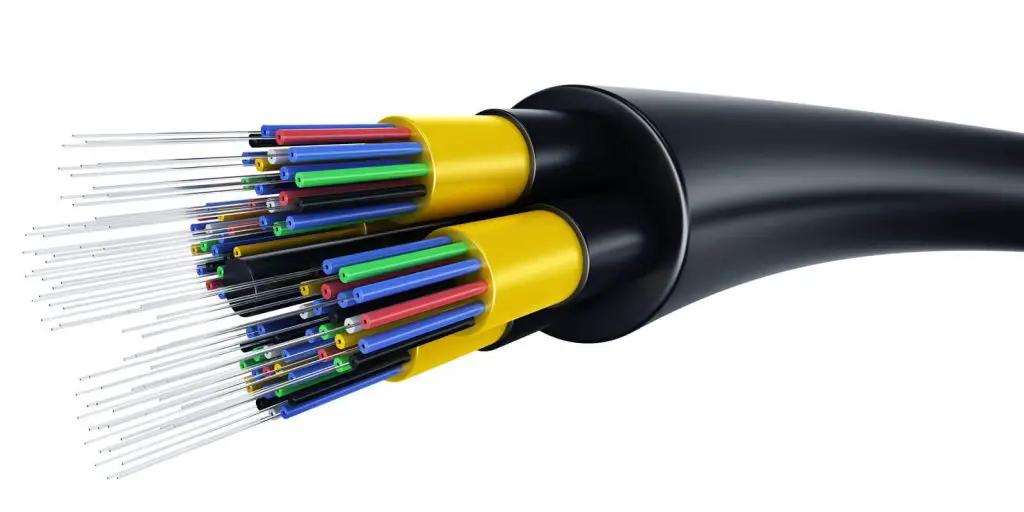As our digital world expands at an unprecedented rate, so does the demand for high-speed data services. This constant need for more bandwidth brings us to a critical bottleneck known as Fiber Exhaust—a term that refers to the potential saturation of our existing fiber-optic infrastructure. While the idea of Fiber Exhaust isn’t new, the landscape contributing to it has changed dramatically.
In this article, we will delve into the modern causes leading to Fiber Exhaust, from the advent of IoT devices and cloud computing to the increasing demands of high-bandwidth services like 4K/8K video streaming, Virtual Reality, and more. We will also explore the latest strategies telecommunication carriers are employing to mitigate this issue, including technological advancements and infrastructure upgrades. By the end, you will have a comprehensive understanding of Fiber Exhaust in today’s context and the proactive measures being taken to combat it.
Jump to:
1. What is Fiber Exhaust?
Fiber Exhaust refers to the potential saturation of the fiber-optic infrastructure, not just limited to the Internet backbone, due to an ever-increasing demand for high-speed data services. While the concept remains the same as it was years ago, the causes and potential solutions have evolved with technology.

2. The Evolving Landscape
In the earlier days, the surge in residential Internet usage due to cable modems and ADSL technology posed a risk for fiber exhaustion. Today, however, it’s not just about residential needs. We have to account for IoT devices, cloud computing services, 5G technology, and streaming services, all of which are heavy consumers of bandwidth.
High-Bandwidth Services
In addition to IoT and cloud services, newer forms of high-bandwidth services like 4K/8K video streaming, Virtual Reality (VR), and Augmented Reality (AR) applications also contribute to the risk of fiber exhaust. These advanced services require incredibly high data rates, putting additional pressure on existing fiber-optic infrastructure.
Mitigating Fiber Exhaust: Modern Strategies
Telecommunication carriers have updated their strategies to tackle fiber exhaust, including:
- Laying Down More Fiber: Expanding the existing fiber-optic backbone to accommodate the increasing data traffic.
- Advanced Multiplexing: Utilizing modern technologies like Dense Wavelength Division Multiplexing (DWDM) to allow more data to be transmitted over existing fiber links.
- Network Slicing: With the advent of 5G, network slicing allows for efficient resource utilization, potentially alleviating some aspects of fiber exhaust.
- Upgrading Existing Infrastructure: Traditional time-division multiplexing (TDM) fiber backbones are being updated to higher bit rates and newer technologies to increase their data-carrying capacity.
3. Conclusion
In summary, fiber exhaust remains a critical concern in today’s digitally connected world, but advances in technology are offering new ways to mitigate its impact. From adding more fiber lines to embracing newer technologies, the fight against fiber saturation is far from over, but we are better equipped than ever to handle it.
